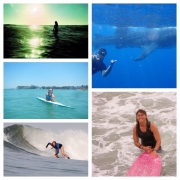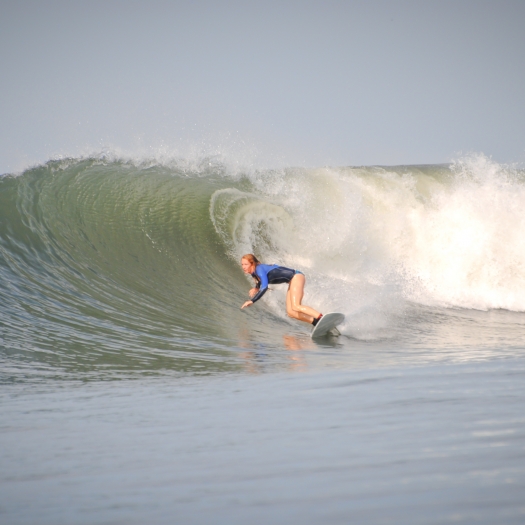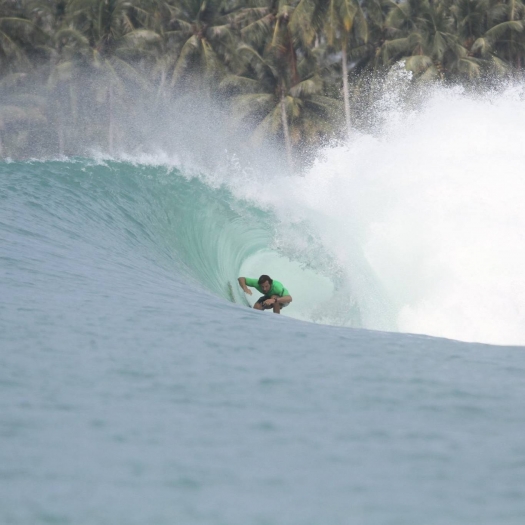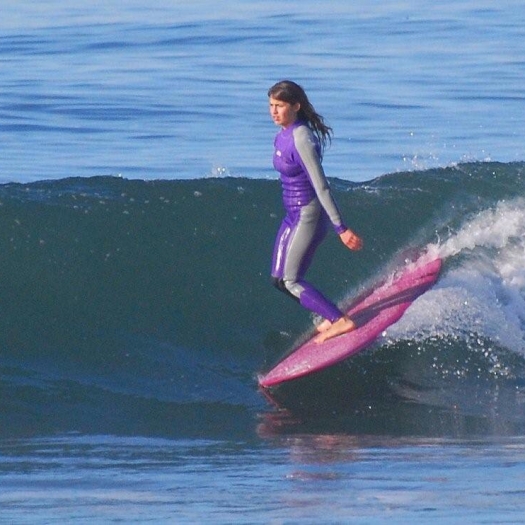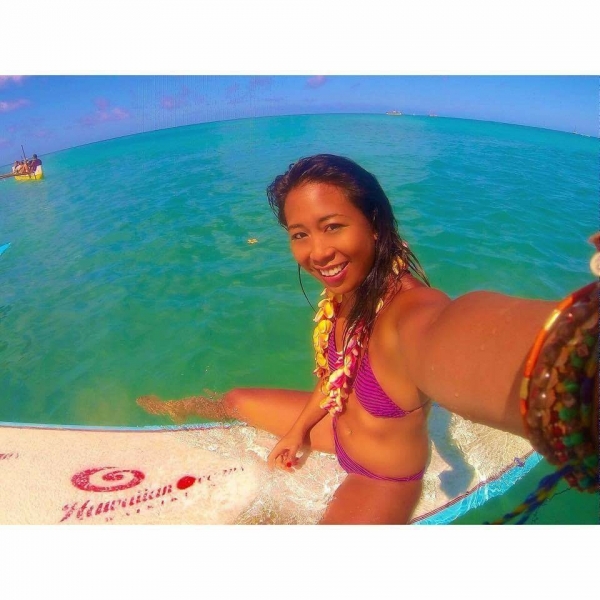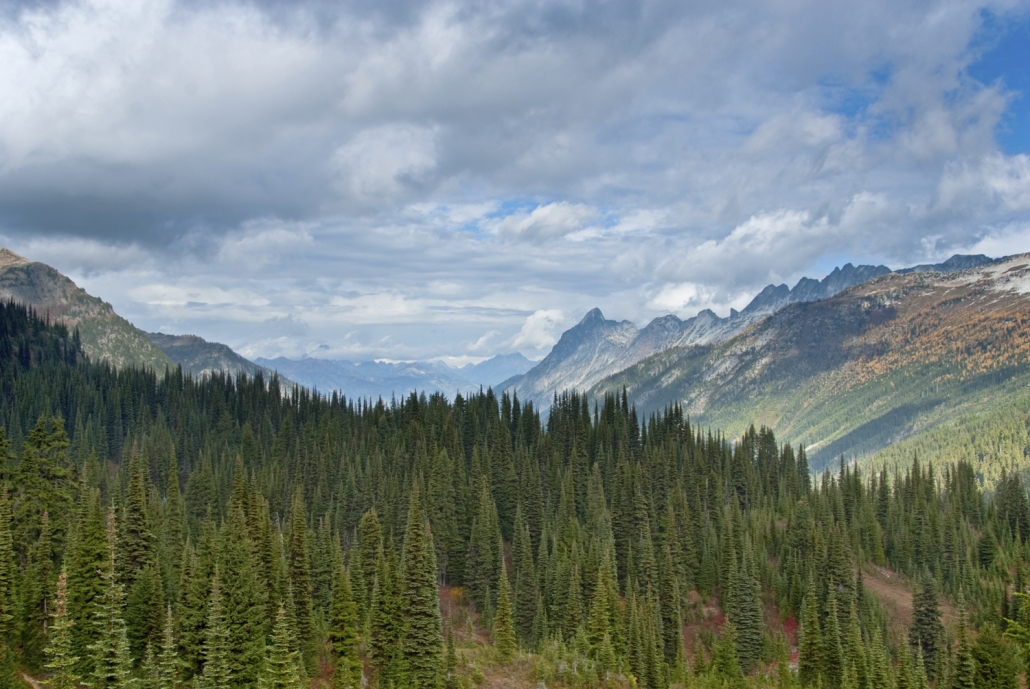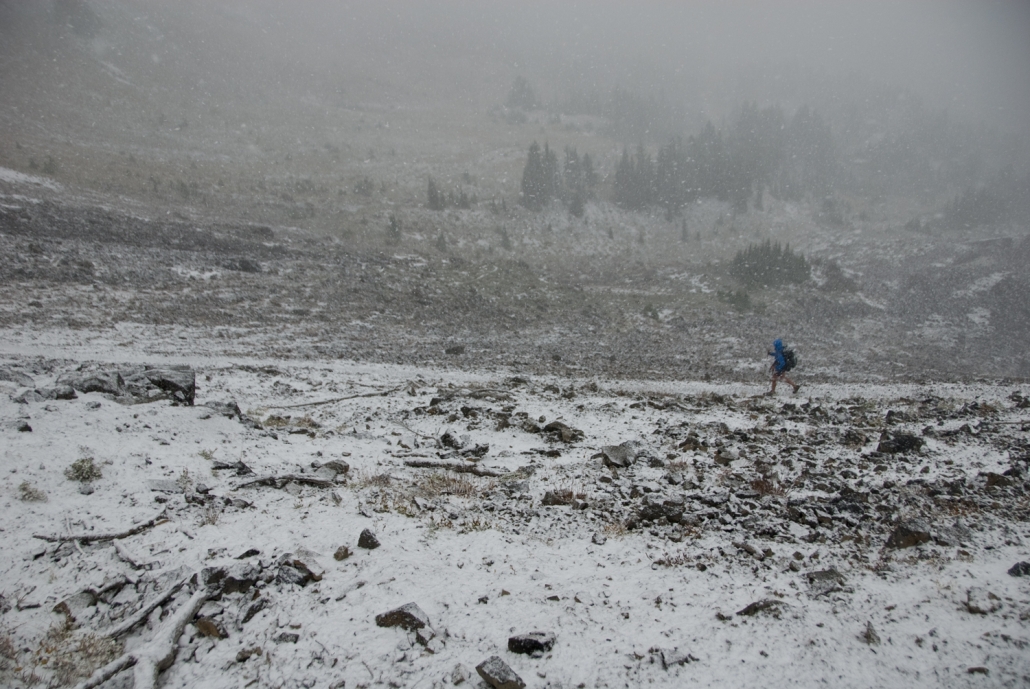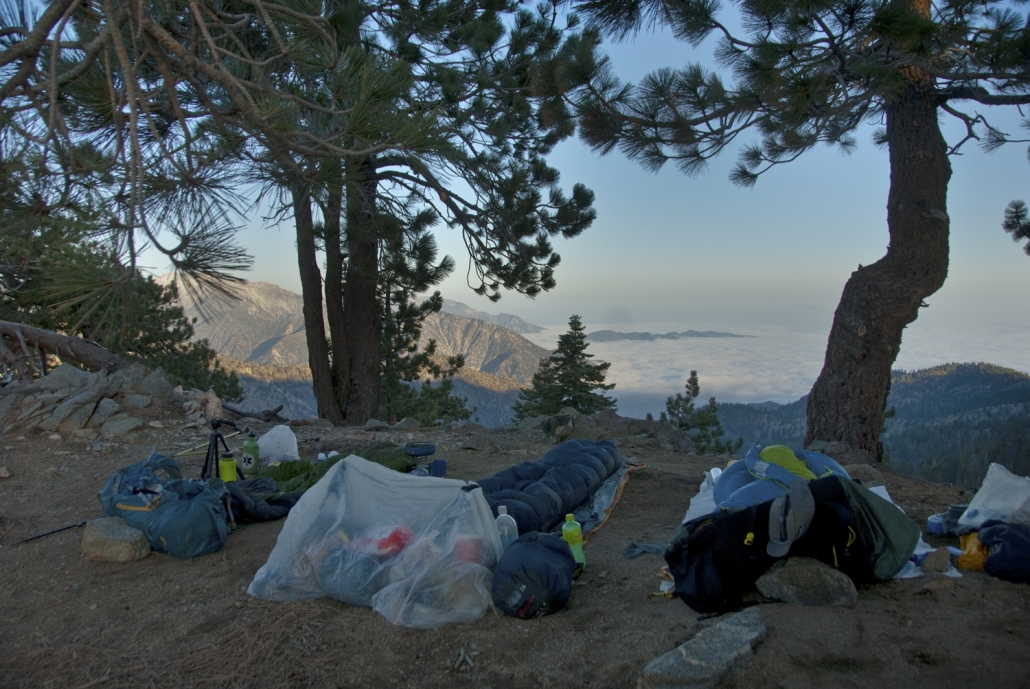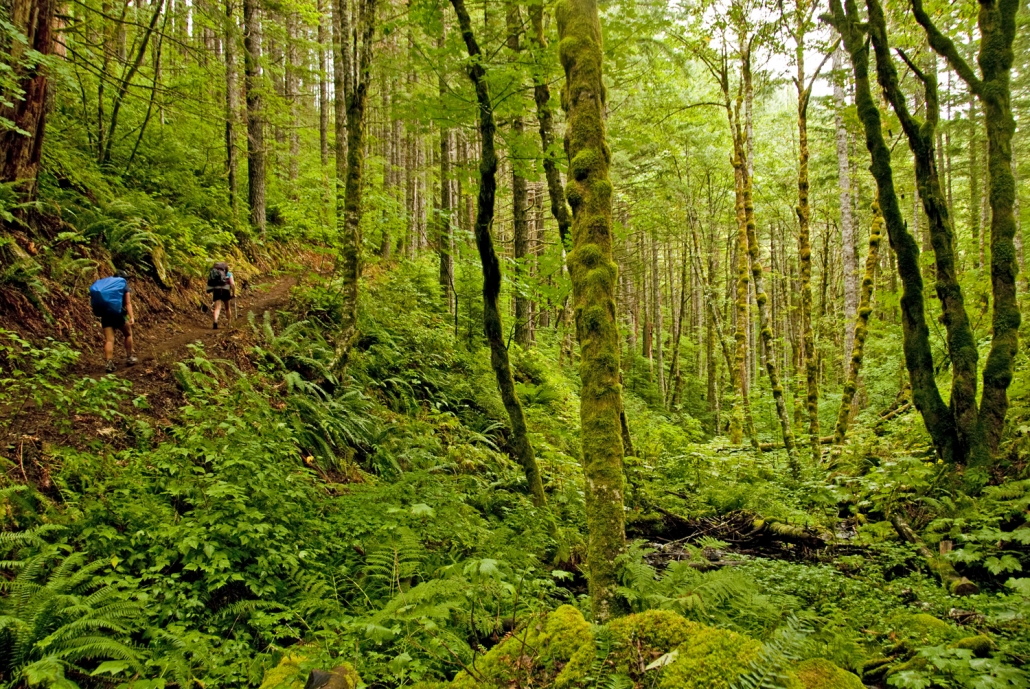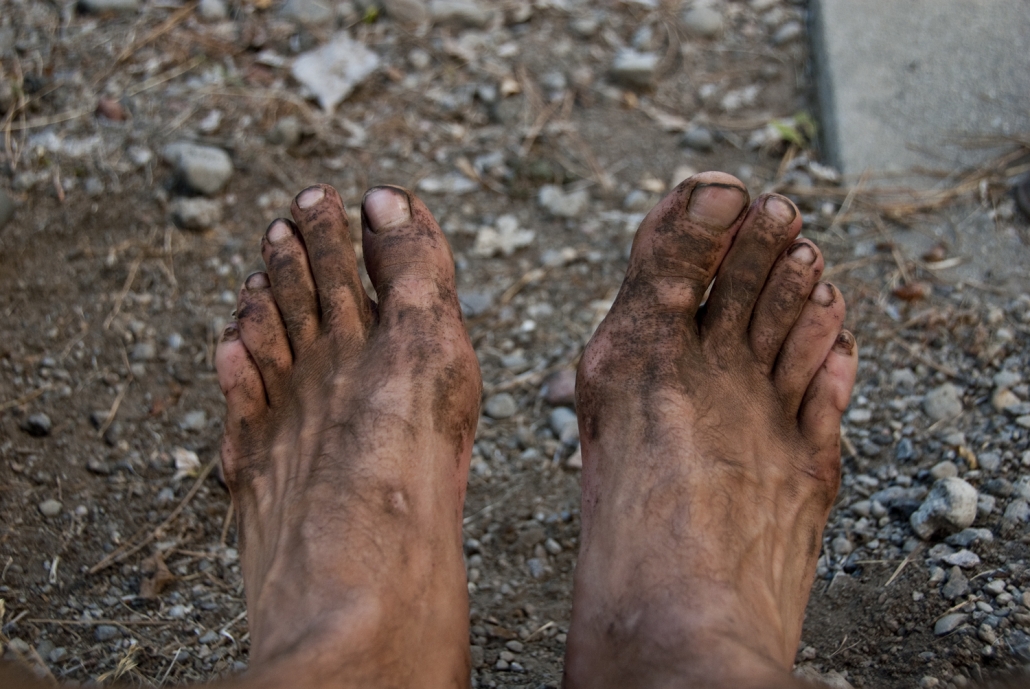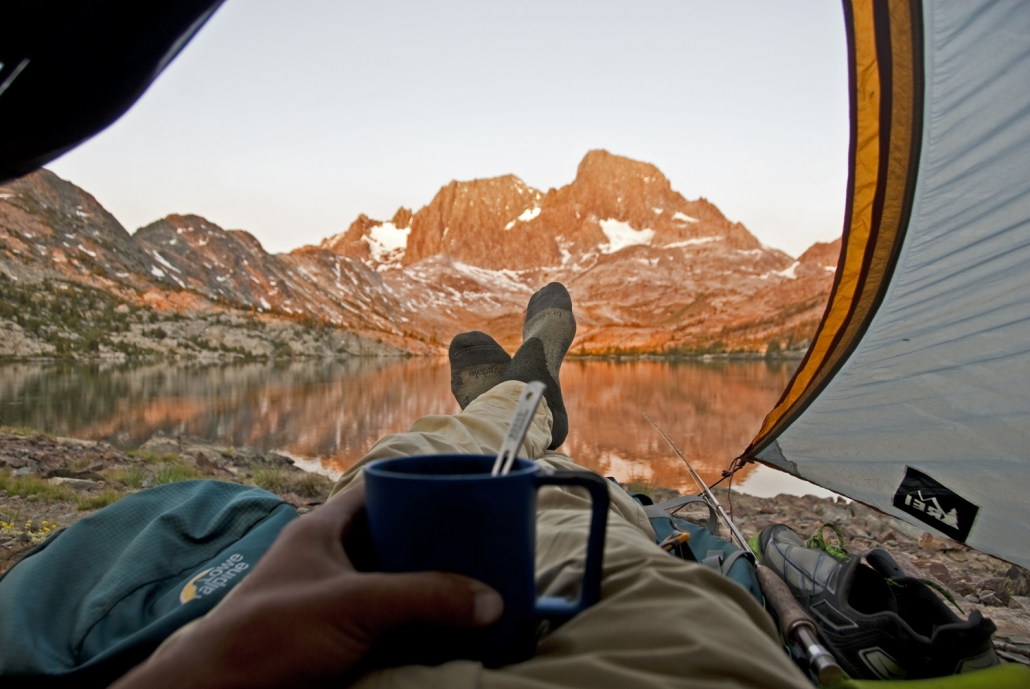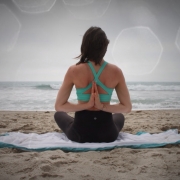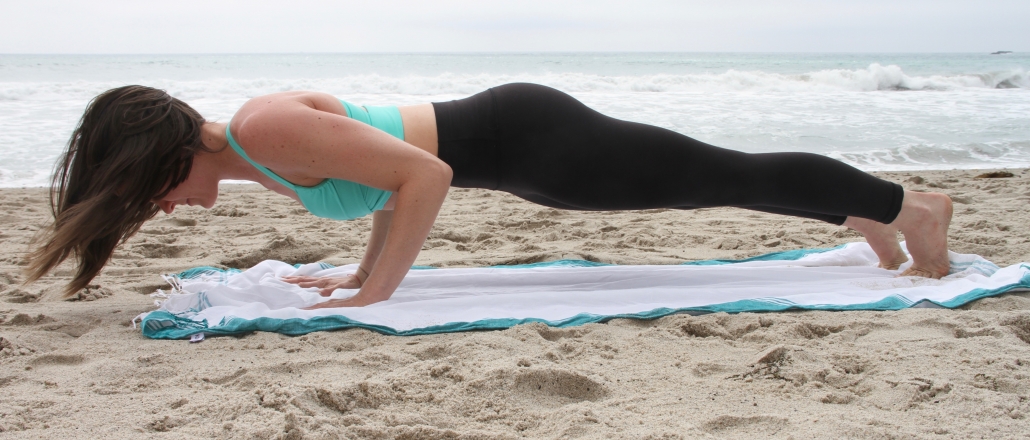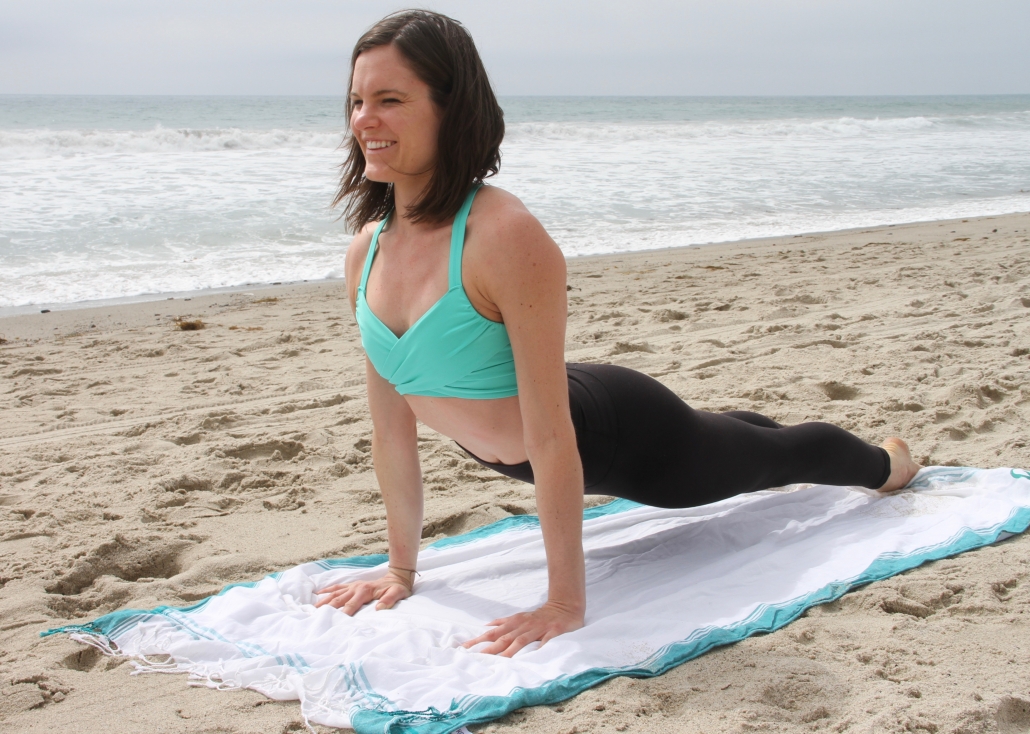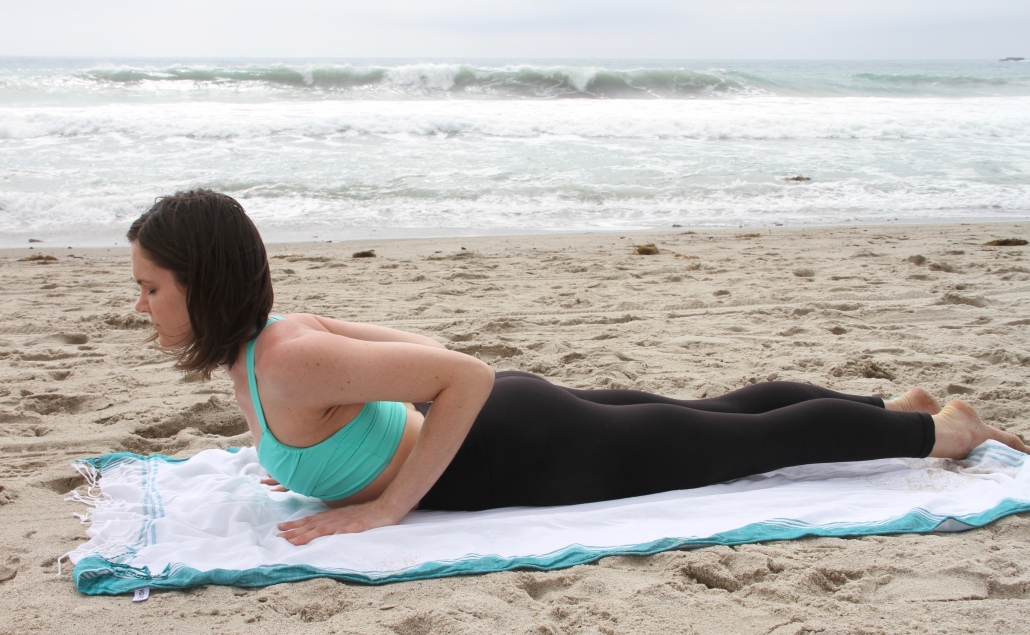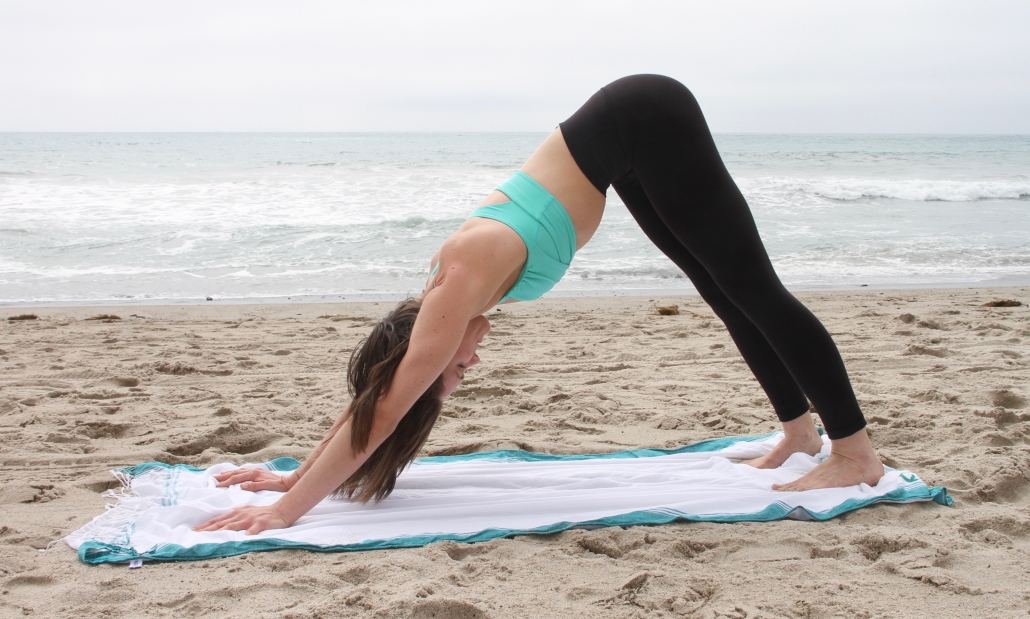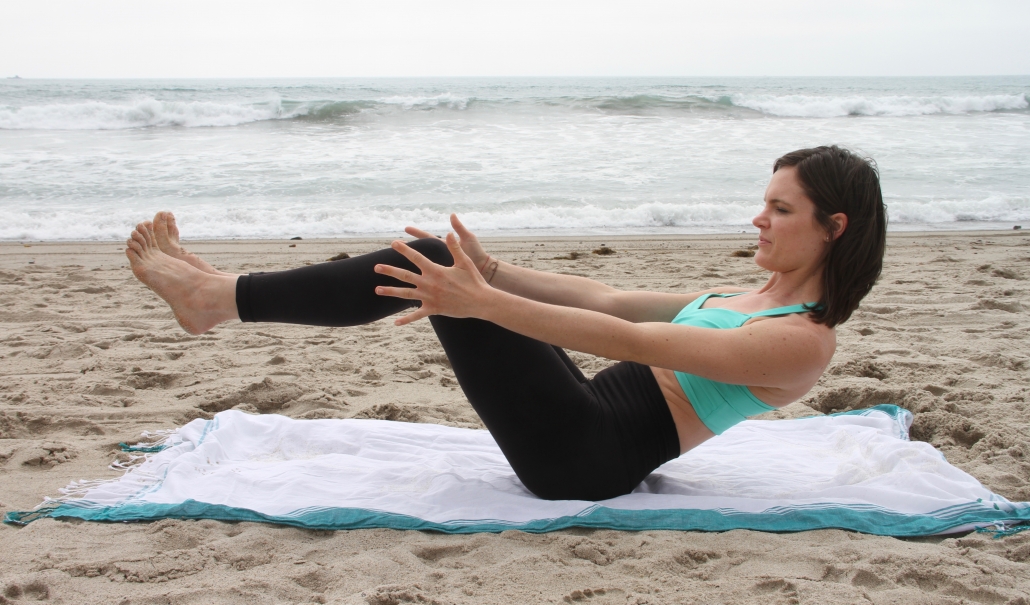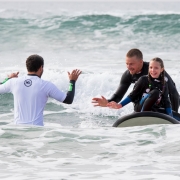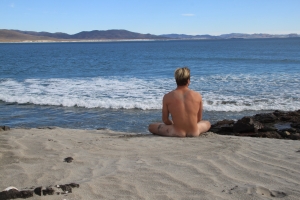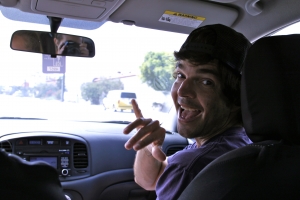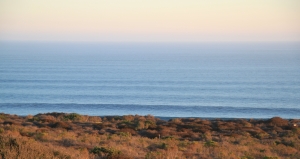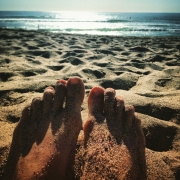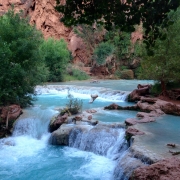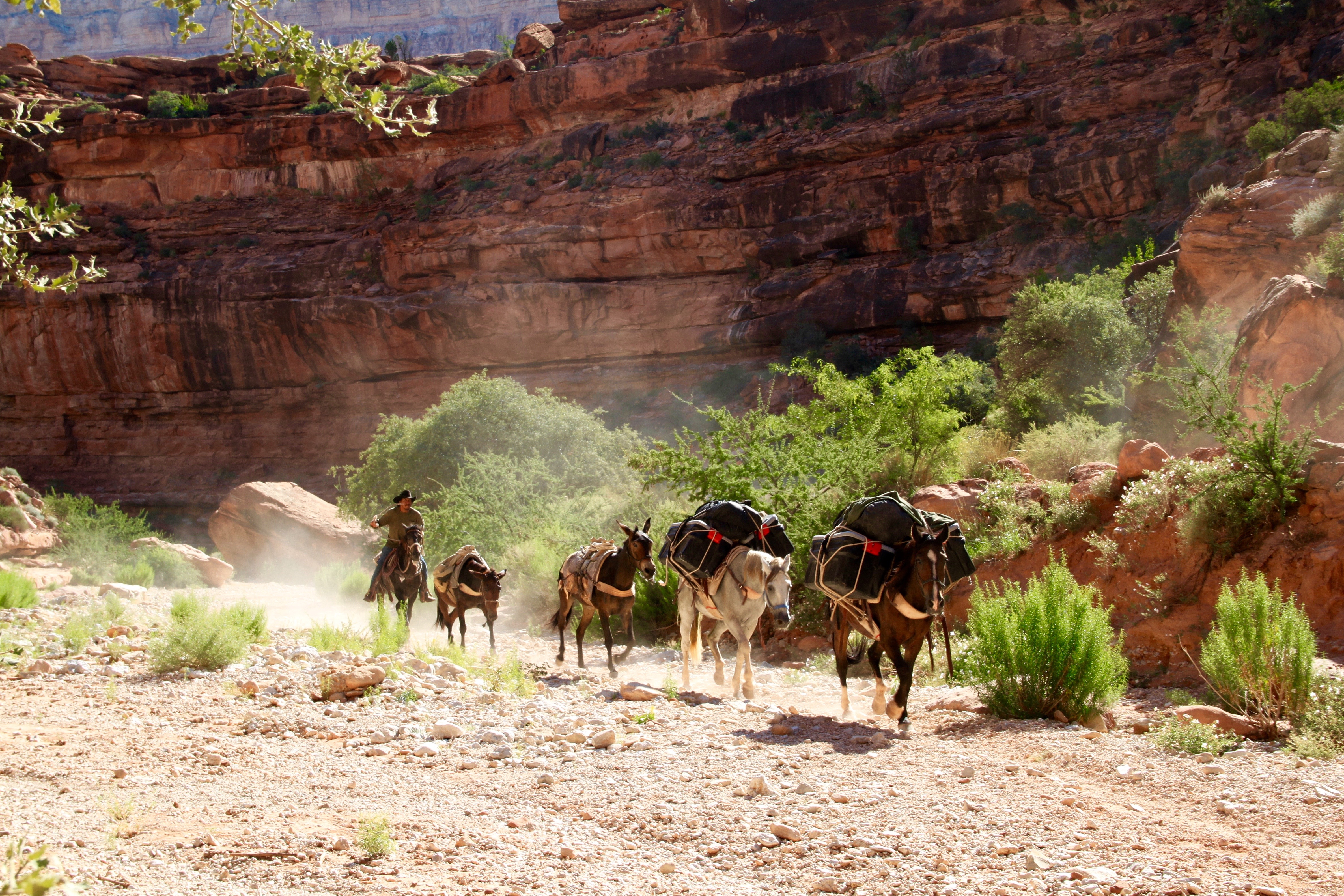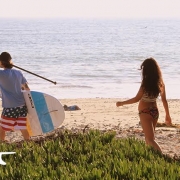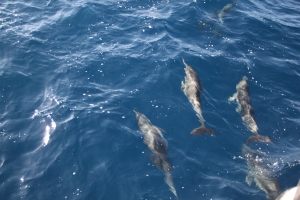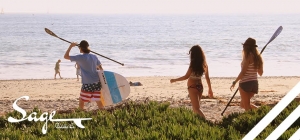Nine Questions for Sensi Graves, Kiteboarder & Bikini Designer
About 10 years ago, Sensi Graves picked up a kiteboard in North Carolina, didn’t hesitate to shred it and never looked back. Much like how we fall in love with a board sport, kiteboarding took the Hood River local by the arm and led her down a path of adventure, friendship and, in 2012, to start a swimwear business. The elusive “perfect” action sports bikini constantly escaped the many who tried, and few seemed to conquer in the early days, which is exactly what lit the fire for Sensi–enter Sensi Graves Bikinis. Her suits were created and are designed out of the clear need for women who once struggled to enjoy action sports and still retain a feminine appeal during a swimwear fashion v. function era.
Fast-forward only five years later, and you will find women all over the globe kiteboarding, surfing, adventuring, diving, practicing yoga and playing volleyball in her bikinis. When I first saw a Sensi bikini in an online store, I thought the name to be fitting with surfing’s niche culture–very feminine and strong, much like her bikinis. Interestingly, it was kiteboarding that drove her to create a bikini line that looks good while staying put.
*All photos picture Sensi in action and are courtesy of Sensi Graves & Sensi Graves Bikinis.*
Read more on the woman behind the ‘kini:
Q: What made you want to create your bikini line?
A: The concept for Sensi Bikinis was born out of a need. The summer before I graduated college, I moved to North Carolina to coach kiteboarding. I was in the water every single day; teaching, kiting and surfing. Bikinis were my uniform and my recreational outfit. I quickly grew tired of adjusting my swimwear. We’d teach for three hour time blocks and my suits were just not comfortable to wear for that long. The pieces that were designed to stay on were frumpy and geared towards a much older audience. I was 23 and I wanted to look and feel good in my bikini, but I also wanted something that would perform. I decided it was time to do something about it–and Sensi Bikinis was born!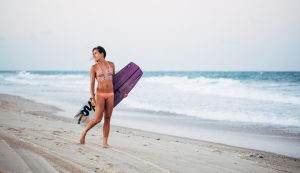
Q: What does Sensi Bikinis represent for women?
A: Sensi Bikinis represents a mindset that we are strong, powerful and beautiful creatures. We embrace and celebrate our bodies and not judge ourselves. We empower our customers to get out there and try new things and want to give them the confidence they need to do what they love. For us, that starts with delivering a well-fitting, comfortable and supportive bikini that is, at the same time, fashionable, flirty and makes our customers feel good while wearing it–all while delivering peace of mind that it will perform. We want to show our customers what’s possible for us, as women!
Q: What is your most popular bikini right now and why?
A: We have a few current top sellers: the Colleen top and Kyla bottom and the Dawn top. Most recently, we’ve seen an uptick in the Jennifer bottom, the Katie top, and Elise bottom, which just won the 2017 SELF Healthy Living Award for “Best Two-piece that Stays Put.” Our designs are clean, unique and comfortable, which delivers all the best swimwear qualities.
Q: Tell me about your love for kiteboarding–what keeps you coming back for more?
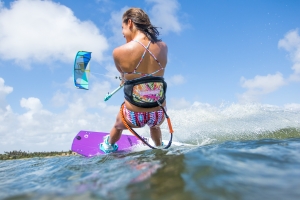 A: I learned to kite in 2007 when my dad brought my three brothers and I out to North Carolina. I hadn’t even really seen the sport before then and had no idea what I was in for. After two weeks, I fell in love and kept in touch with the school where I had learned. In 2009 I had the opportunity to move out to North Carolina for the summer to work as a kite instructor and I jumped on it. From that point on it was live, eat and breathe kiteboarding. I just fell in love.
A: I learned to kite in 2007 when my dad brought my three brothers and I out to North Carolina. I hadn’t even really seen the sport before then and had no idea what I was in for. After two weeks, I fell in love and kept in touch with the school where I had learned. In 2009 I had the opportunity to move out to North Carolina for the summer to work as a kite instructor and I jumped on it. From that point on it was live, eat and breathe kiteboarding. I just fell in love.
My favorite part about kiteboarding is the freedom. You can take it so many places: in the waves, in the flat-water, on exploration missions… There are so many different aspects of kiting–whether you go for a solo soul cruise or are out with friends.
The community in our sport is also amazing, you won’t find a better group of people anywhere. I love that you can meet up with like-minded individuals all around the world and connect over this amazing sport.
Q: Do you compete?
A: Yes. I compete in a number of kite events throughout the year, namely on the Kite Park League World Tour. Our season just ended and I finished third overall.
Q: Have your ever tried surfing or any other extreme sports?
A: I love surfing. It’s by far the hardest board sport, you have to really watch and learn the ocean. But, once you’re on that wave, it’s the most exhilarating feeling. I can’t get enough. I’m also an avid snowboarder and mountain biker.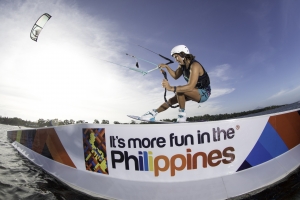
Q: Do you do any cross training for kiteboarding?
A:Kiteboarding is an all-over body workout, so many types of training get you in shape. Personally, I do circuit training, yoga and ride at cable parks. For the discipline of kiteboarding that I compete in (park riding), cable parks are the best cross-training that exists.
Q: What is your perfect kiteboarding day?
A: Waking up to a slight breeze rustling the trees. Enjoying a leisurely breakfast and coffee with friends. Riding in a slider park in tropical weather until I simply can’t any longer. Eating a fresh lunch. Taking a nap. Finally, ending the day with a foil session (another discipline of kiteboarding) as the sun goes down.
Q: Any advice for people who want to try it?
A: Take a lesson. You’ll need the basics and it helps immensely to have someone there, holding your hand as you learn to control the kite. Kiteboarding is all about kite control. Get good at that first before you attempt the board.
Check out Sensi’s bikini designs in action on:
Instagram
Facebook
Pinterest


